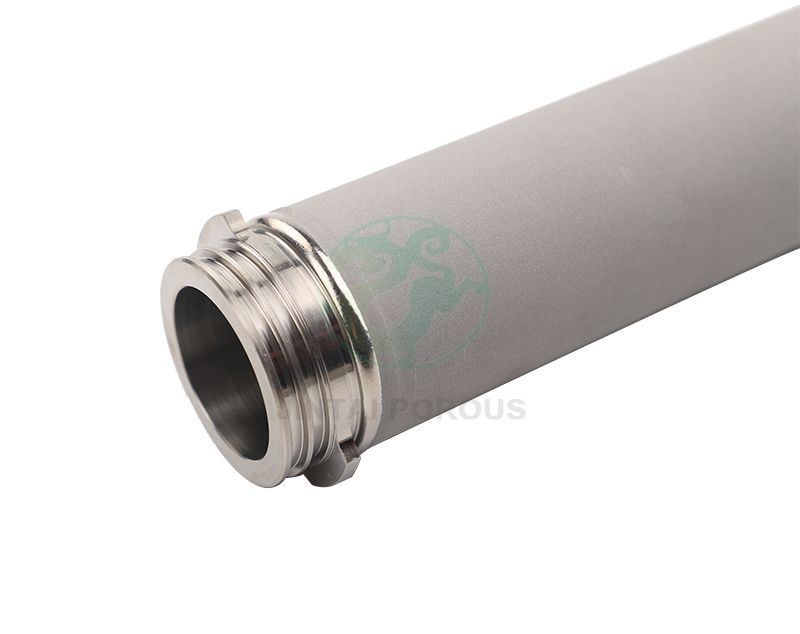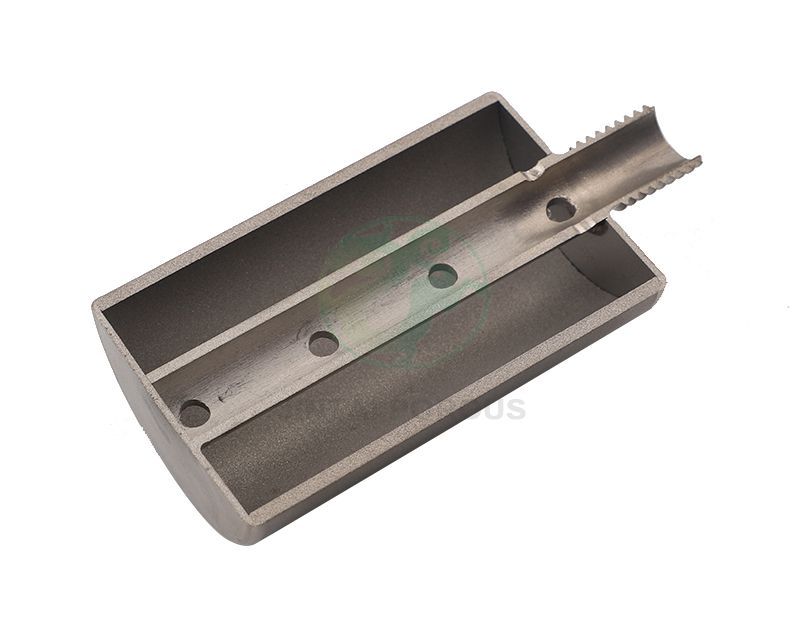- Automobiles & Motorcycles
- Beauty & Personal Care
- Business Services
- Chemicals
- Construction & Real Estate
- Consumer Electronics
- Electrical Equipment & Supplies
- Electronic Components & Supplies
- Energy
- Environment
- Excess Inventory
- Fashion Accessories
- Food & Beverage
- Furniture
- Gifts & Crafts
- Hardware
- Health & Medical
- Home & Garden
- Home Appliances
- Lights & Lighting
- Luggage, Bags & Cases
- Machinery
- Measurement & Analysis Instruments
- Mechanical Parts & Fabrication Services
- Minerals & Metallurgy
- Office & School Supplies
- Packaging & Printing
- Rubber & Plastics
- Security & Protection
- Service Equipment
- Shoes & Accessories
- Sports & Entertainment
- Telecommunications
- Textiles & Leather Products
- Timepieces, Jewelry, Eyewear
- Tools
- Toys & Hobbies
- Transportation
A Comprehensive Buying Guide for Sintered Porous Metal Filters
When it comes to filtration solutions, one cannot underestimate the importance of selecting the right filter medium. Whether you're working in the chemical industry, oil and gas sector, food and beverage production, or any other field where filtration is crucial, sintered porous metal filters can be a valuable asset. These filters are known for their durability, efficiency, and versatility, making them a popular choice in a wide range of applications. However, choosing the right sintered porous metal filter can be a complex task. To help you make an informed decision, this buying guide will walk you through the key considerations when selecting a sintered porous metal filter.
1. Understand the Basics of Sintered Porous Metal Filters
Before diving into the buying process, it's essential to have a basic understanding of what sintered porous metal filters are and how they work. These filters are typically made from powdered metals such as stainless steel, bronze, nickel, or titanium. The powder is compacted and heated to create a rigid structure with interconnected pores of controlled size and distribution. This sintering process results in a durable and highly permeable material that is suitable for a wide range of filtration applications.
2. Define Your Filtration Requirements
The first step in selecting a sintered porous metal filter is to clearly define your filtration requirements. Consider the following factors:
Filtration Objective: Determine the specific contaminants or particles you need to remove from the fluid or gas. Different sintered porous metal filters have varying levels of particle retention capabilities.
Operating Conditions: Understand the temperature, pressure, and chemical compatibility requirements of your application. Some sintered porous metal materials are better suited for extreme conditions than others.
Flow Rate: Calculate the required flow rate to ensure that the filter can handle the volume of fluid or gas you need to process.
Maintenance Frequency: Assess how often the filter will need cleaning or replacement. Some filters are designed for easy maintenance, while others have longer service intervals.
3. Select the Right Material
The choice of material for your sintered porous metal filter is crucial. Different materials offer varying levels of corrosion resistance, temperature tolerance, and mechanical strength. Here are some common materials used in sintered porous metal filters:
Stainless Steel: Highly corrosion-resistant and suitable for a wide range of applications. Stainless steel filters are available in various grades, each with its own properties.
Bronze: Known for its excellent corrosion resistance and thermal conductivity. Bronze filters are often used in applications involving high temperatures.
Nickel: Offers exceptional resistance to corrosion and high temperatures. Nickel filters are commonly used in harsh chemical environments.
Titanium: Extremely durable and resistant to corrosion, making titanium filters ideal for applications where purity is critical.
Your Standard and Custom Cleanroom Manufacturer
Breathing Clean Air: Understanding the Role and Benefits of Activated Carbon Air Filters
How To Measure Water Hardness?
How Long does It Take to Disinfect Water With UV Water Sterilizer?
How do you shrink wrap a product for sale?
Choose the material that best aligns with your filtration requirements and operating conditions.
4. Consider Pore Size and Distribution
The pore size and distribution in a sintered porous metal filter significantly impact its filtration efficiency. Filters with smaller pores can capture finer particles but may have lower flow rates. Conversely, filters with larger pores allow for higher flow rates but may not be as effective at removing small particles. Consider the particle size distribution in your process fluid or gas and choose a filter with the appropriate pore size to achieve the desired filtration efficiency.
5. Evaluate Filtration Efficiency
Filtration efficiency is a critical factor to consider when selecting a sintered porous metal filter. It is typically measured as the percentage of particles or contaminants removed from the fluid or gas. The filter's efficiency is influenced by factors such as material, pore size, and the design of the filter element. Some applications require high filtration efficiency to meet strict quality standards, while others may prioritize flow rate over efficiency.
6. Assess Filter Configuration
Sintered porous metal filters come in various configurations, including discs, tubes, cartridges, and custom shapes. The choice of filter configuration depends on your specific application and space constraints. Cartridge filters, for example, are easy to replace and suitable for applications with limited space, while disc filters are often used for larger-scale filtration systems.
7. Budget Considerations
While cost should not be the sole determining factor, it is essential to consider your budget when selecting a sintered porous metal filter. Keep in mind that investing in a high-quality filter that meets your requirements can lead to long-term cost savings through reduced maintenance and downtime.
8. Consult with Experts
If you're unsure about the best sintered porous metal filter for your application, it's advisable to consult with filtration experts or manufacturers. They can provide valuable insights, recommend suitable filter options, and assist you in making an informed decision.
In conclusion, choosing the right sintered porous metal filter involves a careful assessment of your filtration requirements, material selection, pore size considerations, filtration efficiency, filter configuration, budget, and expert consultation. By following this comprehensive buying guide, you can ensure that you select a sintered porous metal filter that not only meets your immediate needs but also provides long-lasting and reliable filtration performance for your application.
Related:
Sintered Porous Metal Filter Element
If you are interested in sending in a Guest Blogger Submission,welcome to write for us!







Comments
0